Textile Manufacturers in India: What You Need to Know
If you’re looking for reliable textile manufacturers, India should be at the top of your list. The country blends low‑cost labor, a huge cotton base, and strong export networks. In simple terms, you get good quality fabrics without breaking the budget. Below we break down where the biggest players operate, what they make, and how to pick a partner that fits your project.
Major Textile Hubs in India
Three regions dominate the Indian textile map. First, Gujarat – especially Ahmedabad and Surat – is famous for synthetic yarn, denim, and garment trim. The state’s infrastructure and ports make it easy to ship orders abroad.
Second, Tamil Nadu – cities like Tirupur, Coimbatore, and Erode – specialize in cotton knitwear, sportswear, and home‑textiles. The region has a dense network of small‑scale and large‑scale mills, so you can find anything from hand‑loom fabrics to high‑speed polyester blends.
Third, West Bengal and Bangladesh border areas are known for silk, jacquard, and fine cotton. If you need premium fabrics with a heritage feel, these zones are worth a closer look.
Beyond these, states such as Maharashtra, Rajasthan, and Punjab host niche manufacturers – think wool, hand‑loom, and technical textiles. The spread means you can match a supplier’s expertise to your specific product line.
How to Choose the Right Manufacturer
Start with a short checklist. Verify the factory’s compliance certificates – ISO 9001, Oeko‑Tex, or any relevant environmental standards. Most reputable Indian firms display these on their websites or can share scans on request.
Ask for sample swatches. A quick fabric test tells you more about color consistency, weight, and shrinkage than any brochure. If the supplier can’t provide a sample within a week, consider it a red flag.
Check lead times. Indian factories often operate on a two‑week to one‑month turnaround for bulk orders, but seasonal peaks (e.g., wedding season) can stretch that. Get a written schedule and ask how they handle unexpected delays.
Look at their export record. Companies that ship regularly to Europe, the US, or the Middle East usually have robust quality control and logistics partners. You can ask for a list of recent export destinations as proof.
Finally, factor in communication. A supplier who replies promptly in clear English (or your preferred language) saves you time and avoids costly misunderstandings. Many Indian firms use WhatsApp or email for daily updates, so choose a partner whose communication style matches yours.
Putting these steps together helps you avoid the common pitfalls of overseas sourcing – hidden costs, quality surprises, and missed deadlines. With the right partner, you can tap into India’s massive production capacity and bring competitive textile products to market.
In short, India offers a blend of low‑cost manufacturing, diverse fabric options, and strong export experience. Whether you need basic cotton tees, high‑performance synthetics, or luxury silk, the country’s textile manufacturers have you covered. Use the hub guide and supplier checklist above, and you’ll be on your way to a smooth, profitable partnership.
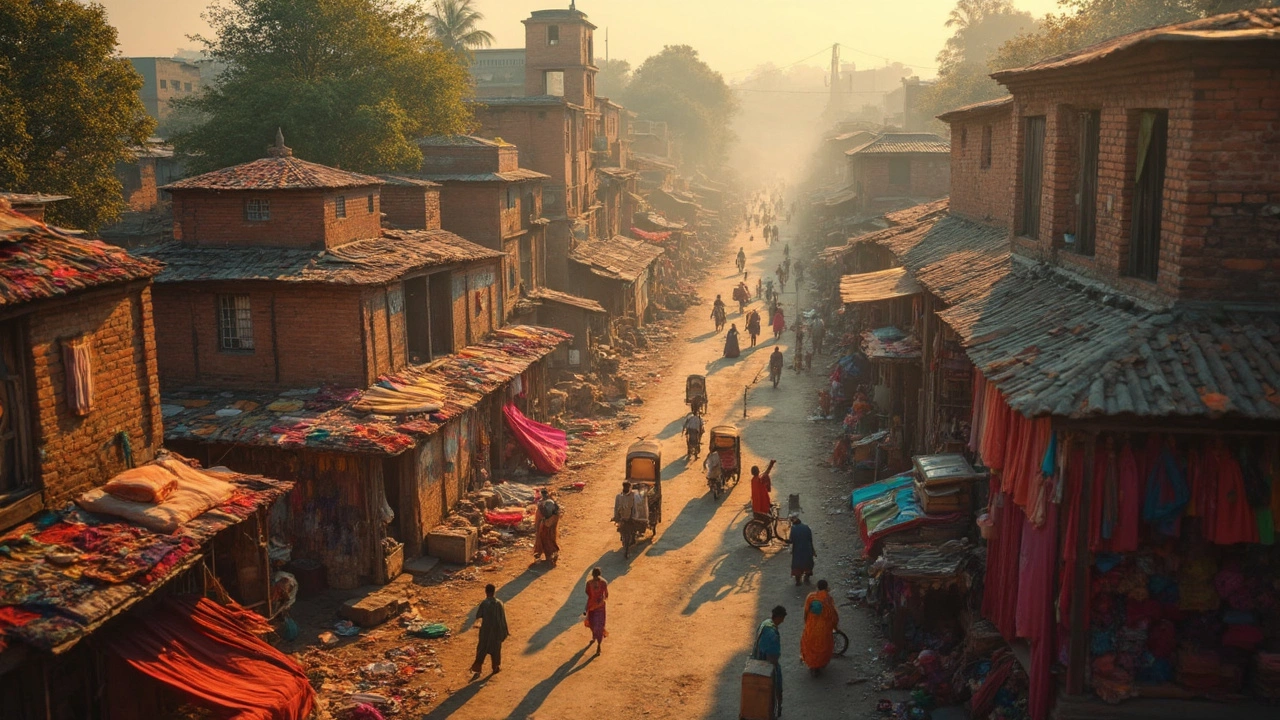
Largest Textile City in India: Where Fabric Dreams Begin
Curious about where most of India’s textiles are made? This article explores the biggest textile city in India, highlights its global impact, and unpacks what makes it tick. You’ll get details on the city’s history, the industries working there, why it’s so important for textile manufacturers, and some quick facts. We’ll also look at tips for buyers and manufacturers. If you’re hunting for real info about Indian textiles, you’re in the right place.
Read More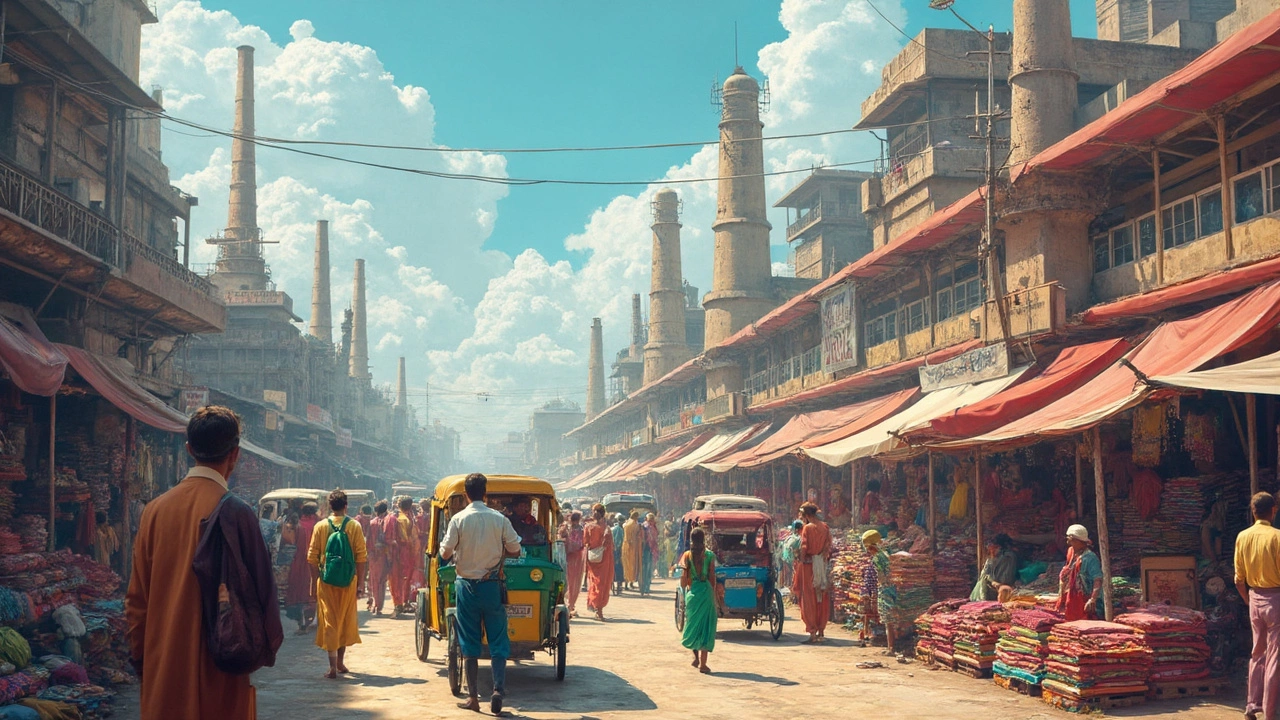
Fabric Capital of India: Where the Thread Leads the Way
Wondering which city wears the crown as India's fabric capital? This article cuts straight to the chase and unpacks why Surat stands tall in the world of textiles. You'll discover its massive influence on India's fabric production, what makes it the go-to spot for manufacturers, and how it keeps evolving with the times. Dive in for facts, quick tips, and the kind of info that'll come in handy if you're eyeing this buzzing textile hub. Plain talk, no fluff.
Read More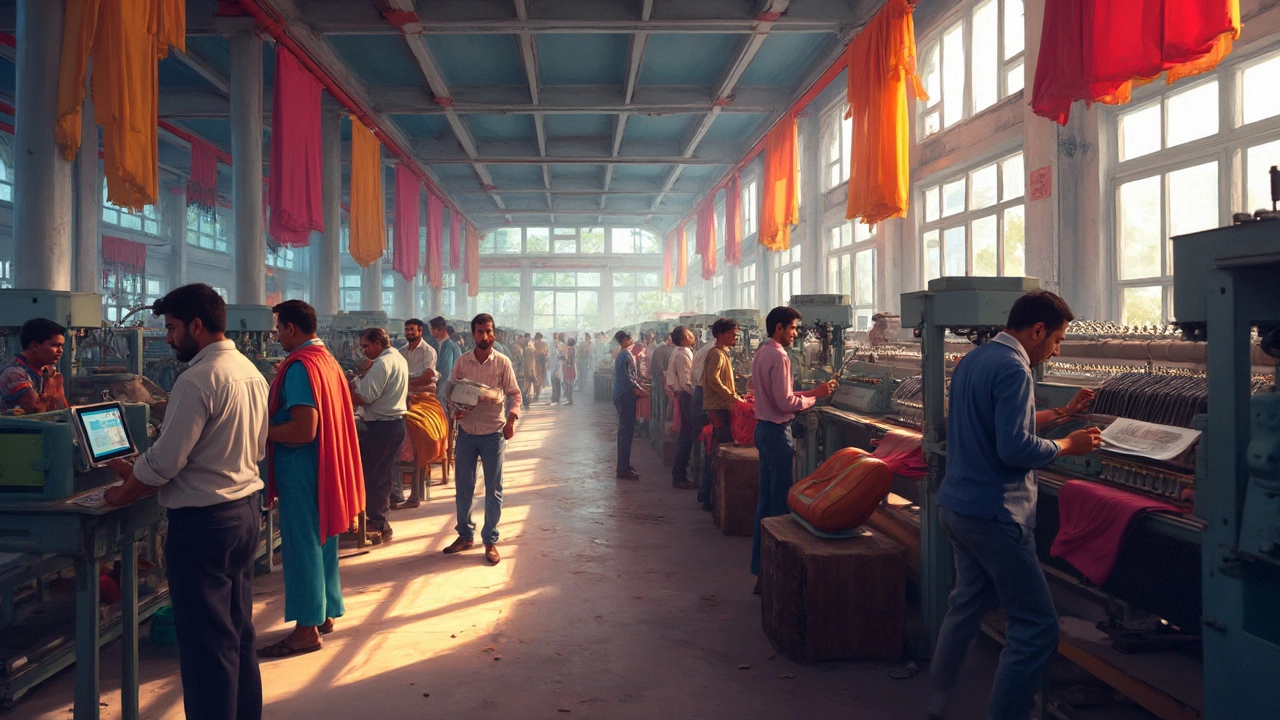
Textile Policy 2024 Gujarat: What Textile Manufacturers Need to Know
The 2024 textile policy in Gujarat is stirring quite a buzz among manufacturers in India. This policy aims to turn Gujarat into a global textile hub by offering new incentives and support for textile units, both big and small. It focuses on everything from financial perks to green technologies. If you're a textile maker looking to expand, this updated policy comes packed with practical benefits. Here are the main highlights and what they actually mean for your business.
Read More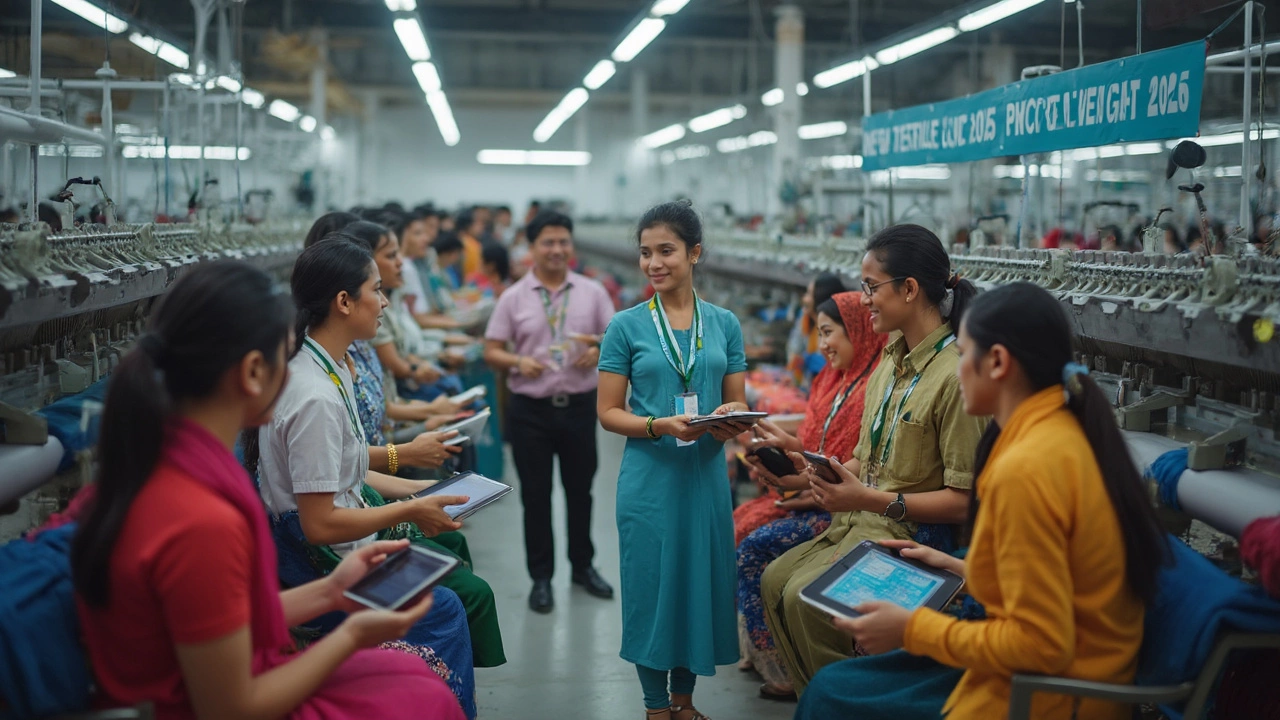
India Textile Policy: What’s Changing for Manufacturers in 2025?
This article unpacks India’s new textile policy and what it means for manufacturers and exporters in 2025. Learn how government incentives, compliance rules, and tech upgrades are setting the groundwork for industry growth. Discover what’s changing with labor, exports, and sustainability. Get practical tips so you can stay ahead with industry shifts. Find out what’s in it for businesses—big or small.
Read More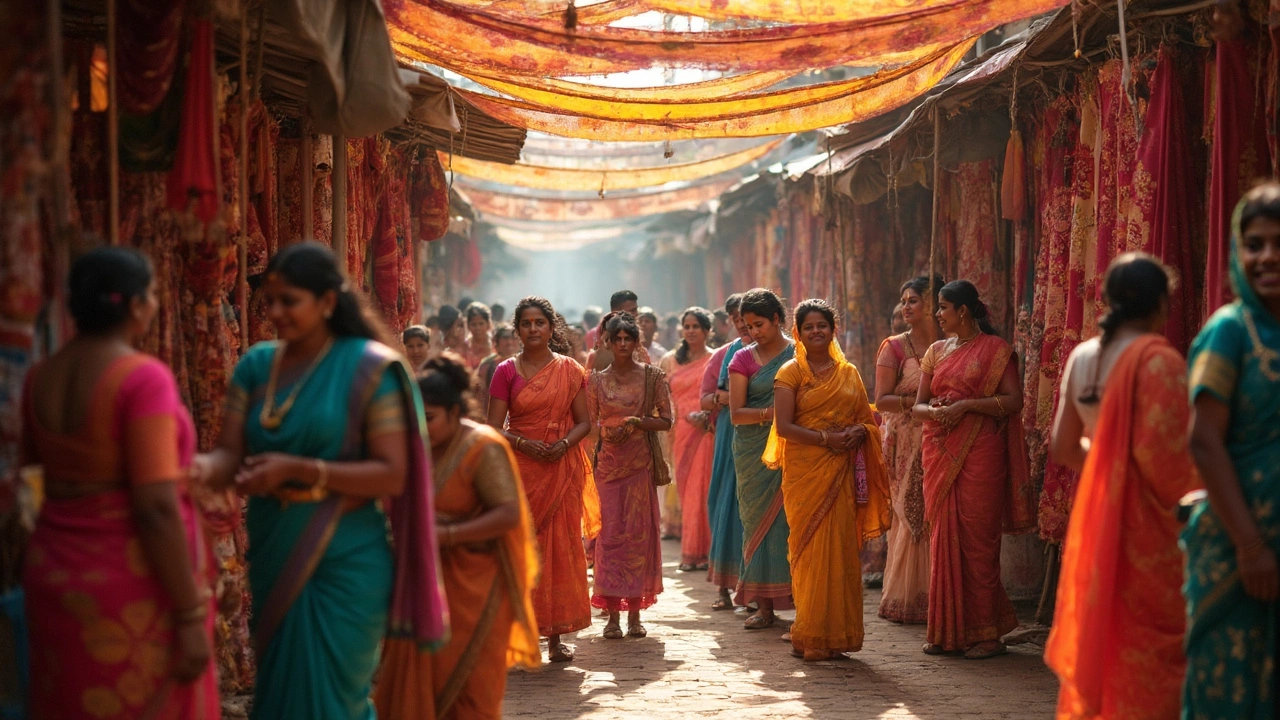
What Textile Is India Famous For? Unraveling the Fabric Legacy
India stands out globally for its rich and diverse textile heritage. From legendary cottons and silks to vibrant handlooms, Indian fabrics are world-renowned for their quality and unique traditions. This article explores which textiles are closely tied to India's identity, highlights their global impact, and offers practical pointers for sourcing or appreciating them. You'll get tips about how to spot authentic Indian textiles and why certain regions excel in particular fabrics. If you want the lowdown on what makes Indian textiles tick, you're in the right place.
Read More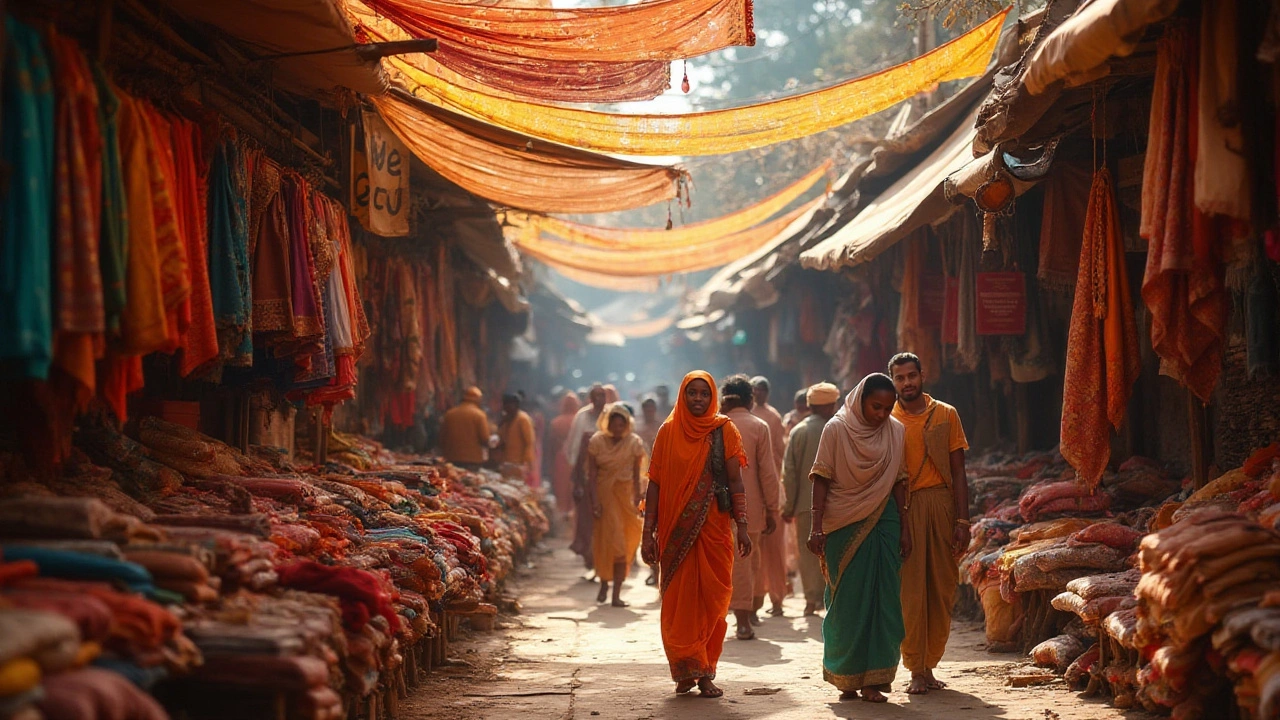
Exploring Asia's Largest Textile Hub: India's Thriving Textile Market
Asia's largest textile market, located in India, plays a crucial role in the global textile industry. Known for its rich history and diverse offerings, India's textile industry is a powerhouse of innovation and craftsmanship. From traditional fabrics to modern production techniques, this market offers a vast spectrum of products. With an emphasis on quality and sustainable practices, it continues to dominate the textile landscape in Asia. This article delves into its dynamic nature and influential presence.
Read More